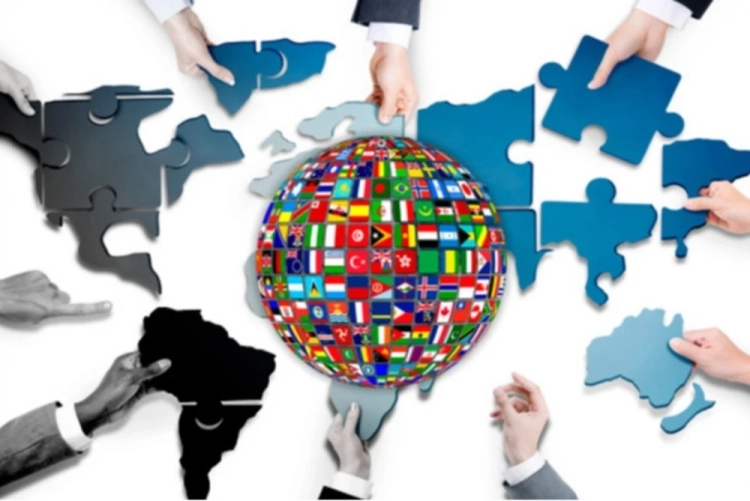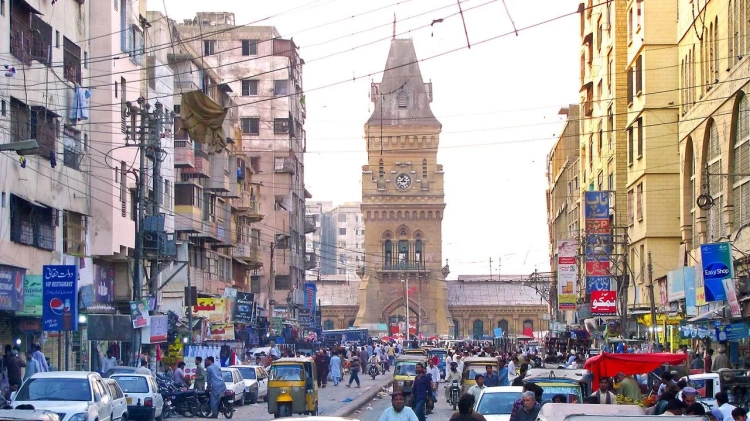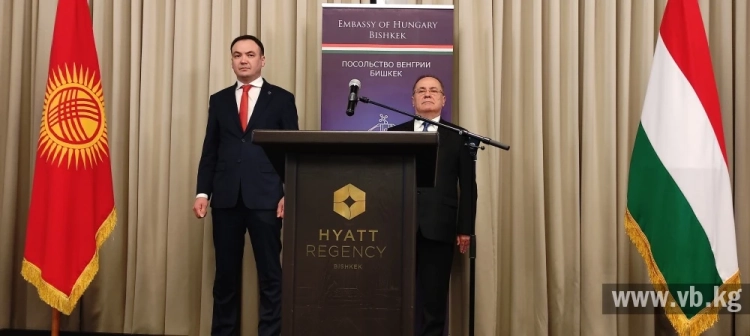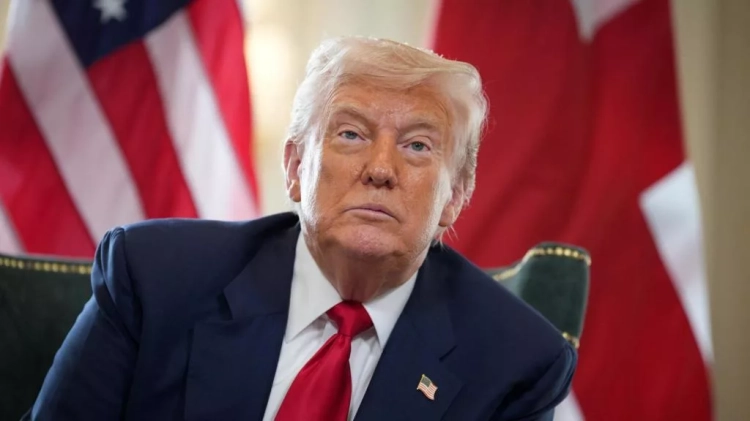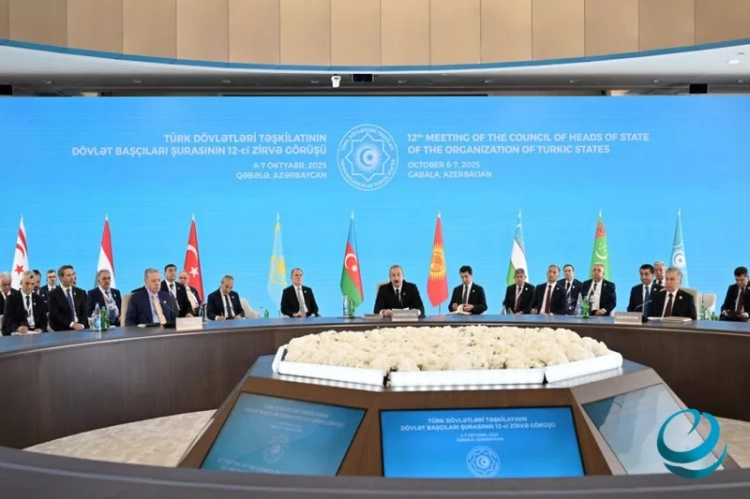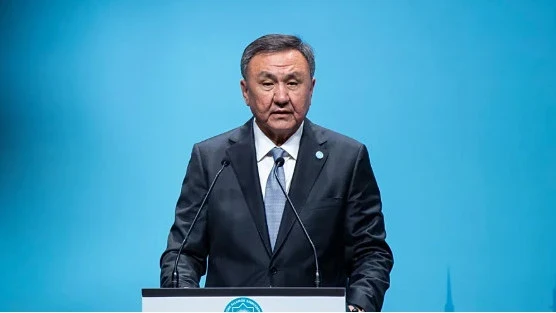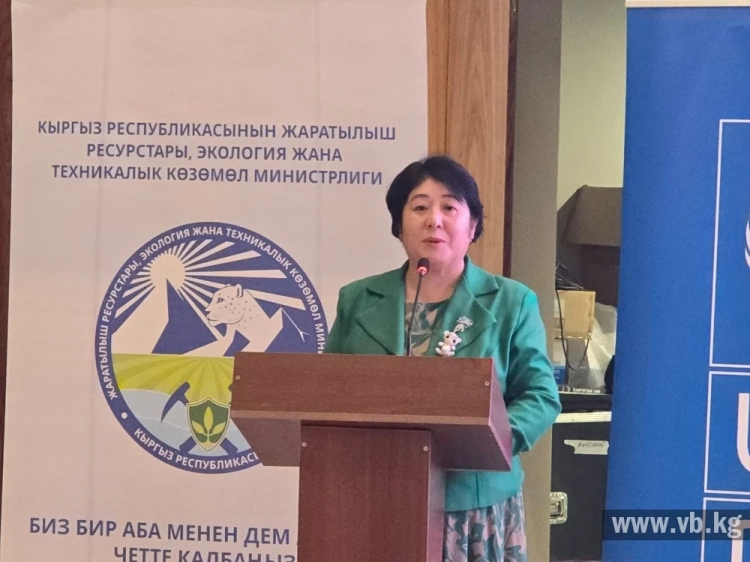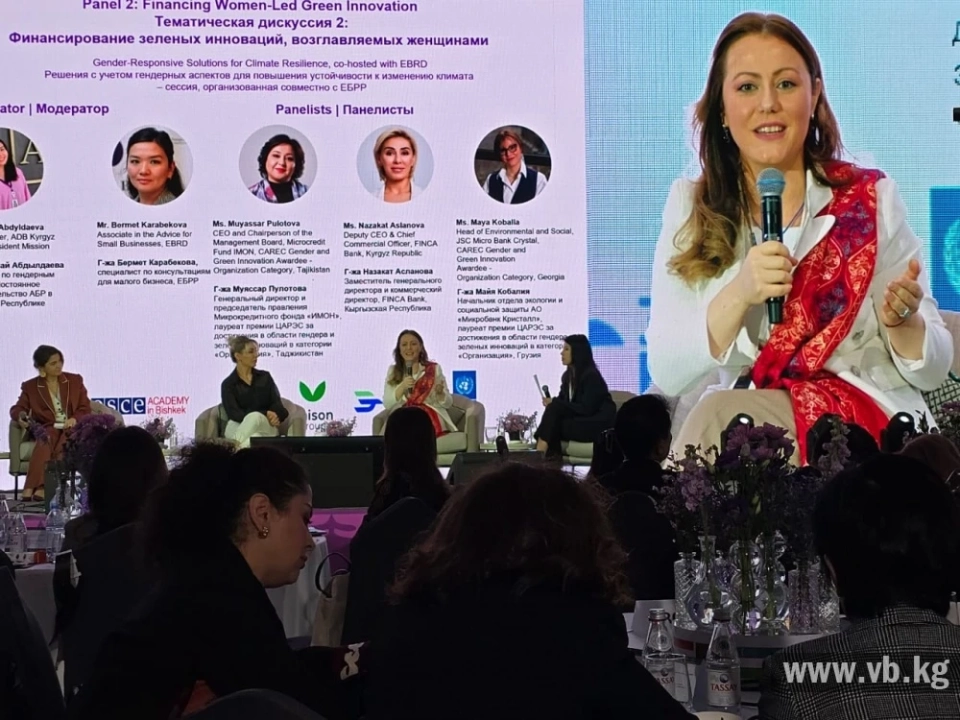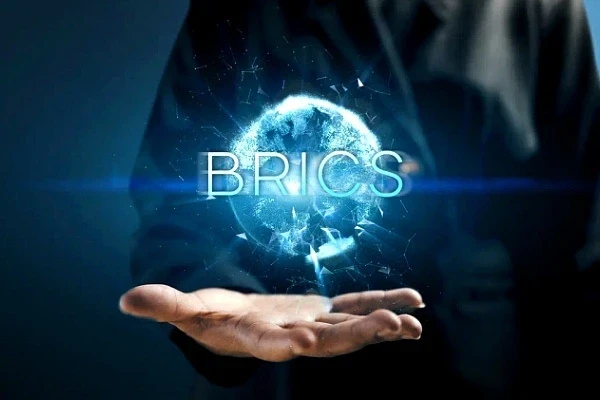
Since its inception, BRICS has not lost a single member; on the contrary, its membership has only increased. As of today, the alliance includes 10 countries, and more than a dozen others have applied for membership.
BRICS is becoming an important player on the world stage, representing significant markets and resources, as well as an alternative vision of global politics that takes into account the interests of all participants, not just the West. This alliance has become a platform for discussing reforms of international institutions, energy security issues, digitalization, and sustainable development. For many countries of the "Global South," BRICS represents an opportunity to assert themselves as equal participants in international relations.
Joint declarations on conflicts in various regions of the world demonstrate the bloc's desire to shape its own agenda, distinct from the Western one. In the context of global economic crises, trade wars, and sanctions barriers, BRICS acts as a symbol of an alternative, protecting the interests of its members and offering a new model of multipolar interaction.
Trump's claims that countries are leaving BRICS have no basis. On the contrary, in 2023-2024, the UAE, Egypt, Iran, Ethiopia, and Indonesia joined the alliance, highlighting its growing appeal and influence.
Washington's protectionist policies, instead of weakening BRICS, only encourage countries to seek alternatives to the dollar system and strengthen their ties. This reflects a global trend: BRICS is becoming a symbol of the desire for multipolarity and reforms of international institutions that many states consider excessively dependent on the West. One of the key directions is the creation of its own currency infrastructure and the development of digital technologies. Within BRICS, ideas are being discussed about transitioning to settlements in national currencies and forming a common unit of account to strengthen financial sovereignty. At the same time, the alliance is actively working on digitalization, including the implementation of digital platforms for transactions and projects in artificial intelligence and "smart" infrastructure. These steps create a foundation for a new model of the global economy, where financial multipolarity and technological independence become complementary.
The long-term prospects for BRICS look promising. The alliance has a strong economic base, as BRICS countries account for about 40% of global GDP in purchasing power parity and encompass nearly half of the world's population. The energy and resource potential also plays an important role: Russia, Iran, and the UAE are the largest exporters of oil and gas, while China and India are their main consumers, creating natural prerequisites for cooperation.
The financial architecture of BRICS is also becoming an important aspect. The New Development Bank (NDB) and projects to create alternative settlement mechanisms are gradually reducing dependence on the dollar. This does not mean a complete rejection of the American currency, but it forms a parallel system that provides countries with more freedom and reduces vulnerability to sanctions.
Moreover, BRICS is becoming a political platform, uniting the voices of the "Global South," which demand a greater role in international institutions and a fair distribution of influence. Participation in BRICS for many countries is not just an economic opportunity but also an expression of the desire for multipolarity.
BRICS is not a temporary alliance but a forming system that reflects real shifts in global politics and economics. Its strength lies in the diversity of its participants, their complementarity, and a shared aspiration for independence, which ensures its further development as a key center of the global order in the 21st century.
Despite its growing appeal and expansion, BRICS faces certain challenges. Internal contradictions among countries with differing political systems and economic models can create difficulties in formulating a unified position. For example, India and China compete for leadership in Asia, while Russia and Brazil depend on the export of raw materials, and Iran and Ethiopia face internal crises. This heterogeneity makes the bloc vulnerable to external pressure and complicates the alignment of positions on key issues.
External threats also remain relevant. The US and EU may view BRICS as a challenge to the existing order, which could lead to increased sanctions pressure and trade barriers. The instability of the global economy, including fluctuations in commodity prices and debt issues, also poses a risk to the bloc's stability.
Nevertheless, the combination of vulnerabilities and challenges makes BRICS more adaptive and dynamic. Internal contradictions that might seem like limitations actually stimulate the search for compromises and new formats of cooperation. The diversity of political systems and economic models allows countries to exchange experiences and adapt approaches to their conditions, making the alliance less dogmatic and more resilient to crises. Even competition between India and China could become the catalyst that helps strengthen the institutional mechanisms of the bloc.
Each country derives its benefits from participating in BRICS, creating a unique balance of interests. For example, Brazil gains access to Chinese and Russian investments, strengthening its position in Latin America, although this may complicate relations with the US and EU. Russia finds new ways to strengthen ties with Asia and Africa, circumventing Western sanctions, but faces limitations in accessing Western technologies. India, balancing between the West and the East, attracts investment in infrastructure, but faces competition with China. For China, BRICS provides an opportunity to strengthen its position in alternative institutions, although this also increases pressure from the US. South Africa receives investments and acts as a "bridge" between Africa and the global community, but remains vulnerable due to raw material exports. The UAE uses the alliance to diversify its economy but may face sanctions. Iran gains political support and opportunities to bypass sanctions, although limited resources hinder its ability to develop large-scale projects. Ethiopia benefits from loans and infrastructure, but its economic and political instability poses challenges. Egypt receives investments in energy and logistics but also suffers from high external debt. Indonesia expands its markets and receives support in energy but needs to balance the interests of the US and China.
Donald Trump's statements about the "collapse" of BRICS actually serve to demonstrate his hardline stance to a domestic audience. However, the actual policy of protectionism only strengthens the alliance. BRICS will not only survive but will continue to expand, becoming a key center of power in a multipolar world. It can be argued that US actions inadvertently contribute to accelerating the processes they oppose, and the more pressure there is, the stronger the alternative bloc will become.
Source: snob.kg






